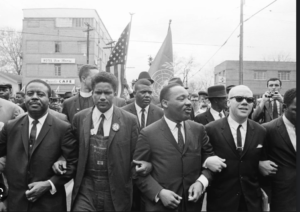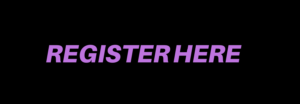Honoring the future MLK dreamed of, while also bringing in our own visions for the futures we want to create!
Join us for an afternoon of vision boarding, as we honor the radical dreaming of Martin Luther King Jr.
MLk believed in the dreams of revolution, and creating a society based on equality and justice. As we honor the radical future MLK dreamed of, we invite you to visualize your own visions for the futures we want to create.
“..We must walk on in the days ahead with an audacious faith in the future. When our days become dreary with low-hovering clouds of despair, and when our nights become darker than a thousand midnights, let us remember that there is a creative force in this universe working to pull down the gigantic mountains of evil, a power that is able to make a way out of no way and transform dark yesterday’s into bright tomorrows. Let us realize that the arc of the moral universe is long, but it bends toward justice.”
– MLK, “Where Do We Go From Here?,” delivered at the 11th Annual SCLC Convention, Atlanta, Georgia, August 16, 1967.
“Without new visions, we don’t know what to build, only what to knock down. We not only end up confused, rudderless, and cynical, but we forget that making a revolution is not a series of clever maneuvers and tactics, but a process that can and must transform us.”
– Robin D.G. Kelley, Freedom Dreams: The Black Radical Imagination

Image Courtesy: Associated Press.




